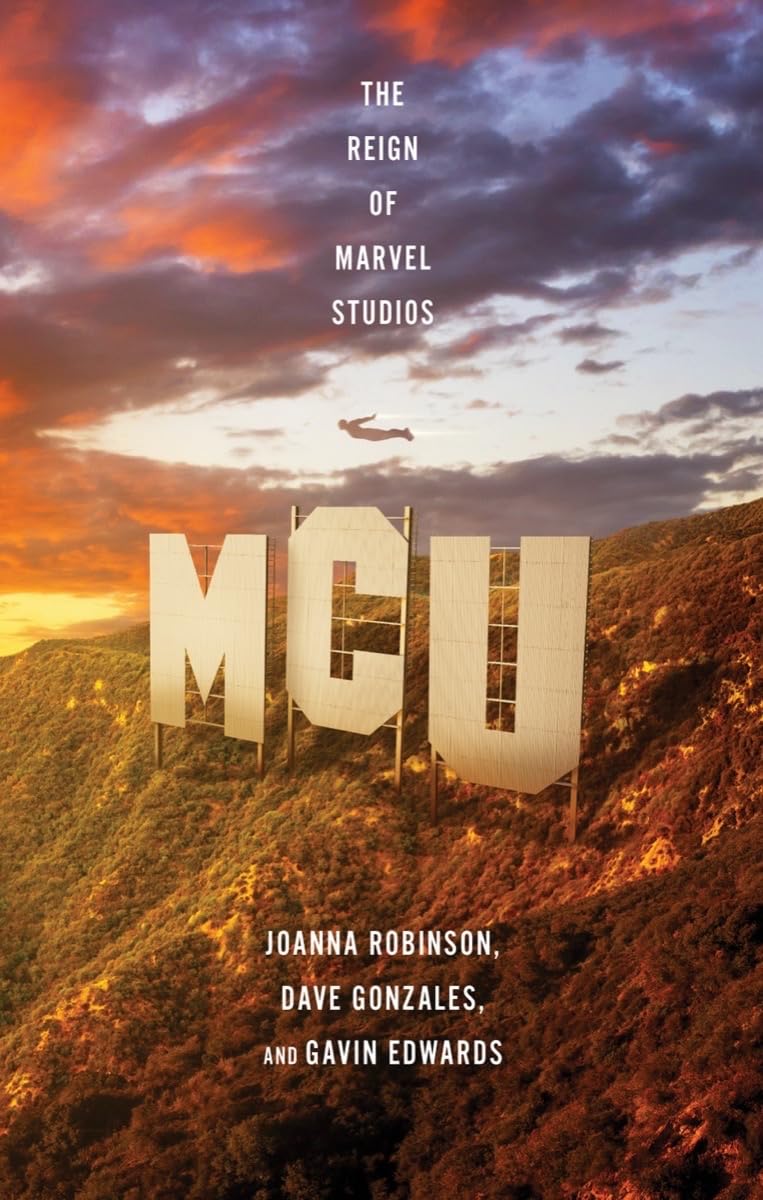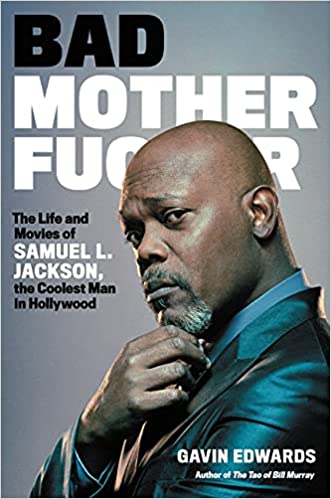What house, exactly, were Crosby, Stills, and Nash singing about in “Our House”?
It was the house Graham Nash shared with Joni Mitchell in Los Angeles. The most famous facts about that house: (1) it was a very, very fine house (2) with two cats in the yard. But “Our House,” the Crosby, Stills & Nash song that recorded those details, left out some salient information: (3) the house was on Lookout Mountain Road, in the Laurel Canyon neighborhood of the Hollywood hills, epicenter of California’s laid-back late-60s folk-rock scene. (4) The living room was the location where Nash sang for the very first time with David Crosby and Stephen Stills.
Van Dykes Parks, songwriter and Beach Boys associate, called Laurel Canyon “the seat of the beat.” In the summer of 1968, that beat was mellow, tuneful, and full of songs about relationships. The Laurel Canyon population included Carole King, who had relocated after her divorce from Gerry Goffin. Cass Elliott, of the Mamas and the Papas, was hosting Judy Collins, who was rehearsing her band by the pool. Peter Tork had quit the Monkees and was hosting a party that stopped only when his money ran out. And visitor Eric Clapton was carrying around an advance copy of the Band’s Music From Big Pink, making everyone he met listen to it.
Joni Mitchell, who would perfect the poetry of acoustic heartbreak on albums like Blue, and then later bend it into strange new jazzy shapes, was recording her first album. Graham Nash, who had not quite yet left the Hollies, was staying at her house on Lookout Mountain Road. David Crosby, an ex-boyfriend of Mitchell’s who had recently been thrown out of the Byrds, was working on some songs with Stephen Stills, of the recently disbanded Buffalo Springfield. (Neil Young, at loose ends after the Springfield’s demise, would join Crosby, Stills, and Nash for their second record.) Nash told me, “Me and David’s contention and memory, which obviously was affected by various substances which shall remain nameless, marijuana, was that the first time we sang was in Joni’s and my living room. Stephen’s got a whole different story–he thinks it was Mama Cass’s kitchen.”
Following the majority, then: the living room had a wooden floor, slightly polished, and a brick fireplace. In front of one large window, there was an array of small shelves, which held pieces of colored glass, creating a stained-glass effect. In the early evening, Crosby and Stills played one of the songs they had been working on together, “You Don’t Have to Cry,” with two-part harmony, while Nash and Mitchell listened.
Reaching the end of the song, they asked Nash what he thought. “Play it one more time,” he told them. They shrugged and obliged him. When they finished again, he said, “Do me a favor–just play it one more time.” And this time, when they sang, he added his high harmony part.
“It became very clear what I was going to be doing for the next twenty years,” Crosby said to me. “I tell everyone I’m the best harmony singer in the world–but I’m not, he is.”
(Excerpted from the 2006 book Is Tiny Dancer Really Elton’s Little John?: Music’s Most Enduring Mysteries, Myths, and Rumors Revealed, published by Three Rivers Press, written by Gavin Edwards.)


